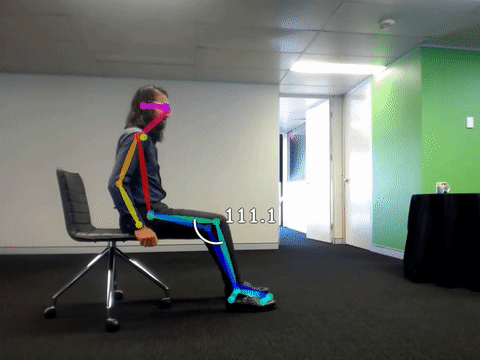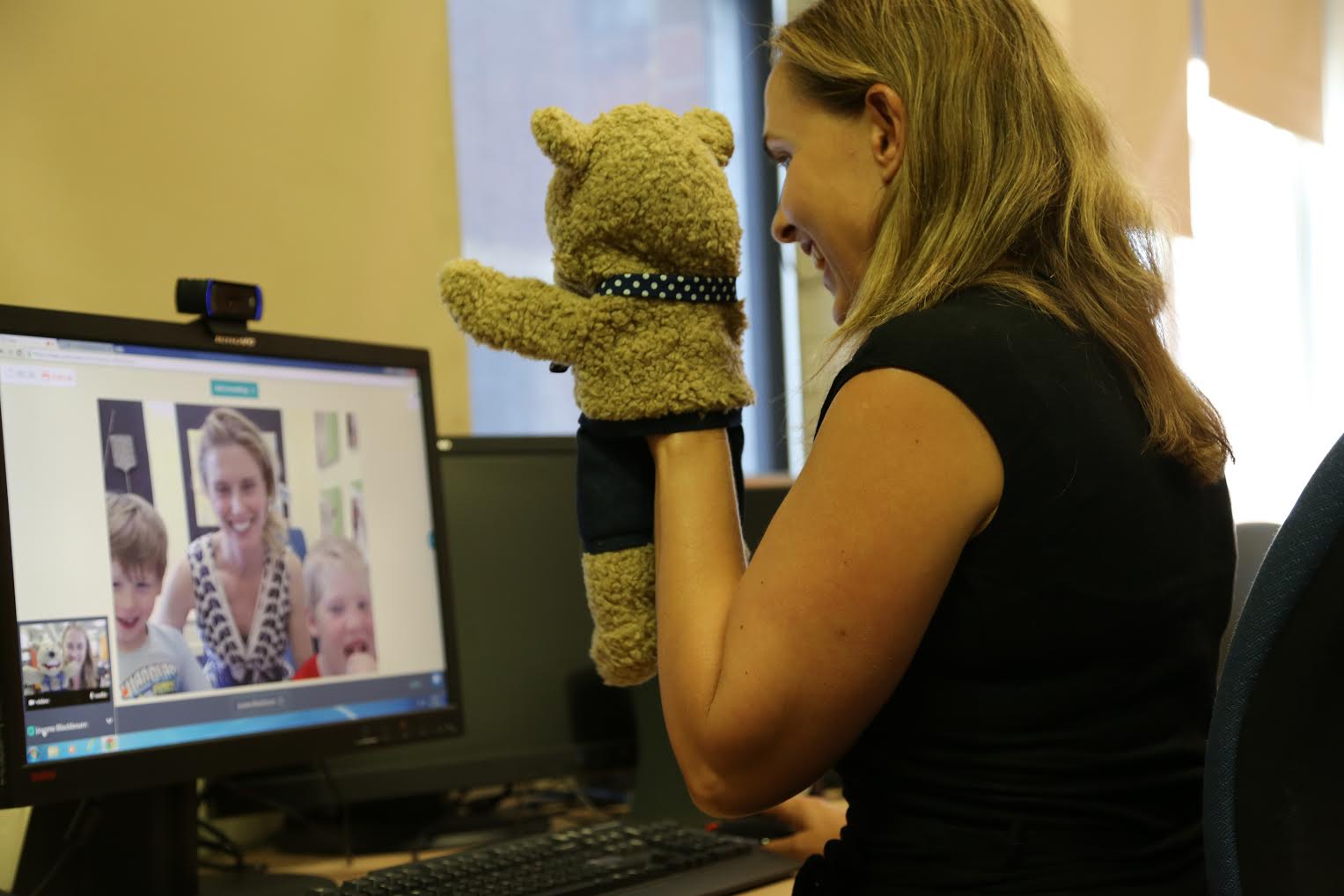5 Telehealth Trends to Expect in 2020
Telehealth video consultations are quickly becoming a standard way to deliver healthcare, both within Australia and globally. The industry is growing rapidly, which means technology, consumer expectations and government policies are continuously evolving.
Coviu has been closely examining a range of information sources, including news stories, academic studies, discussions at conferences, government policy changes and conversations with current and potential telehealth patients.
We’ve identified 5 distinct telehealth trends that are set to continue into 2020.
In recent blog posts, we discussed these trends in detail. Here's a summary of all of them.

1. New Telehealth MBS Items and Reimbursements
In 2017, Medicare’s “Better Access” Scheme for mental health services was expanded to include telehealth video consultations.
Since then, Australia’s health minister Greg Hunt, identified telehealth as a fundamental aspect of our national 10 year plan to overhaul the primary care system. This quickly came to fruition 4 months later, with the introduction of 12 additional telehealth items for rural and remote patients to access GP services.
New item numbers have also been released for GPs, medical practitioners, psychologists, social workers and occupational therapists, to provide mental health services to bushfire affected individuals via telehealth.
It would not be surprising for private health insurance companies to follow suit and provide telehealth rebates, given Bupa, HCF and Medibank are already experimenting with telehealth services provided by their own clinicians.
2. Increased Use and Investment in Artificial Intelligence
Artificial Intelligence is expected to take on a greater role in healthcare than ever before.
As technology improves, it becomes more secure, precise and useful in allowing practitioners to remotely diagnose and treat patients. AI also can assist with removing paperwork and administrative functions and allowing practitioners to focus on patient care.
We expect a lot of innovation in this space and are ourselves currently working on 2 AI projects.
PhysioROM, our tele-rehabilitation project, is currently undergoing clinical trials in collaboration with CSIRO’s Data 61, HFRC and The School of Sports Science, Exercise and Health at the University of Western Australia. PhysioROM performs real-time, range-of-motion analysis which is then used to track a patient’s recovery.
 PhysioROM in action
PhysioROM in action
We have also recently announced our plans to integrate ResApp’s technology, a smartphone-based diagnostic respiratory test. This Australian company uses machine learning algorithms to diagnose a patient’s cough remotely.
3. Desire for Interoperability – aka an ‘all-in-one’ solution
Healthcare professionals and organisation administrators are no longer willing to deal with multiple digital health systems for different purposes. They want an all-in-one solution that allows them to perform telehealth consultations, integrate patient medical records, diagnose and treat patients using AI and in-call clinical tools, a digital waiting room for patient triage, accessible data for clinical governance and more.
At Coviu, we've been working towards this trend to provide a fully integrated solution for healthcare businesses.
Our Enterprise product, released late last year, offers healthcare organisations unparalleled telehealth functionality. Coviu Enterprise offers users a live call waiting area for patient triage, clinical governance capabilities, notification features, reporting, patient-reported outcome metrics and more.
Where other products need telehealth functionality, Coviu offers an API that allows for complete customisation of workflows, page flows and branding.
4. New academic studies and evidence showcasing telehealth’s capabilities
Telehealth effectivity has been a research topic for several years. This is important to inform funders about the impact of new technology and what decisions they should be making.
Coviu is also contributing to the available public research on telehealth. We are constantly updating both our website and blog content with new telehealth studies or trial results.
We appreciate that telehealth can be scary at first, and we understand that seeing academic evidence or trials that support its effectiveness can take a great deal of stress away from practitioners and organisation administrators.
As telehealth gains popularity, members of the broader healthcare community will continue trialling, studying and testing telehealth in different settings, not only in Australia but also globally.
To learn more, read our compiled lists of academic evidence supporting telehealth in speech pathology, physiotherapy and general practice.
5. Increased Telehealth Usage by Patients, Providers and Larger Organisations
Finally, the last and possibly most exciting trend! Telehealth usage continues to increase each year.
Telehealth has experienced rapid growth recently, with the global telehealth market worth $4.5 billion in 2018 and estimates it will reach $32.71 billion by 2027.
In particular, the United States has seen a significant increase in usage and interest in telehealth over the years. As we all know, trends in the United States tend to hit Australian shores a few years later. Once here, they generally thrive and become commonplace (except for Starbucks…yikes).
This article from SmartCompany also provides a great explanation about why telehealth is the future of Australia’s healthcare system. It looks to international examples such as telehealth success in China and Indonesia, to identify Australia’s expected telehealth market growth.
Just recently, the impact of Coronavirus on the uptake of telehealth in China has been massive. What will it take for video consultations to become the status quo in Australia?
To learn more about telehealth and Coviu, click here.




